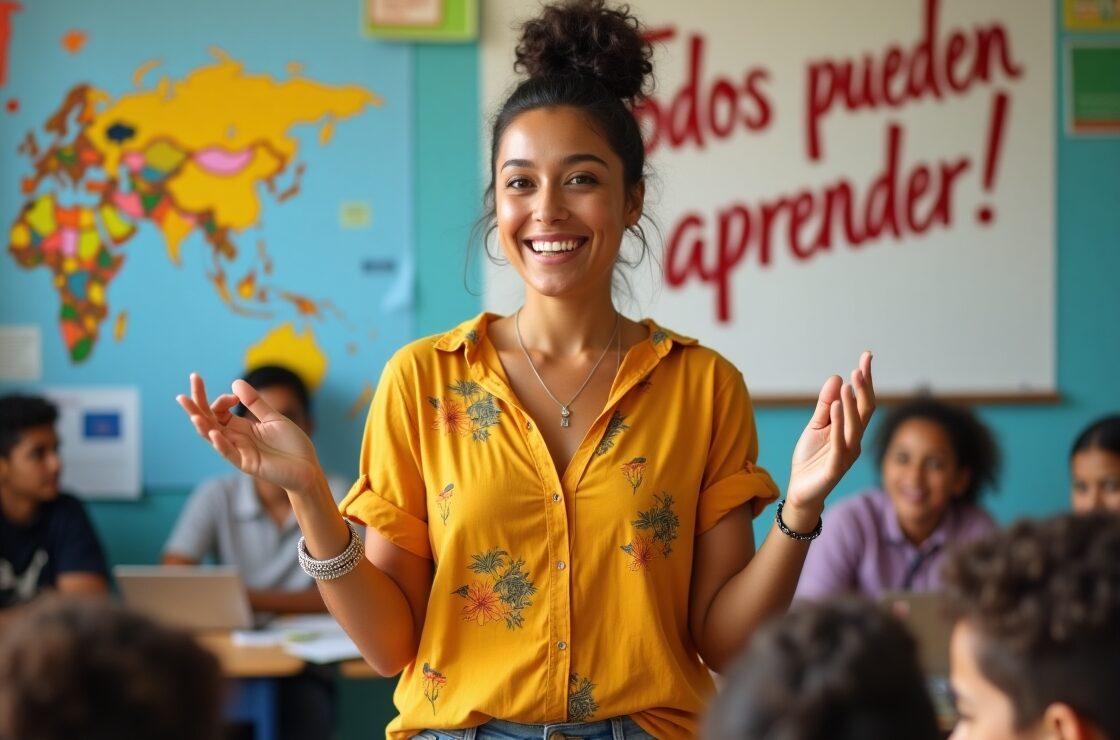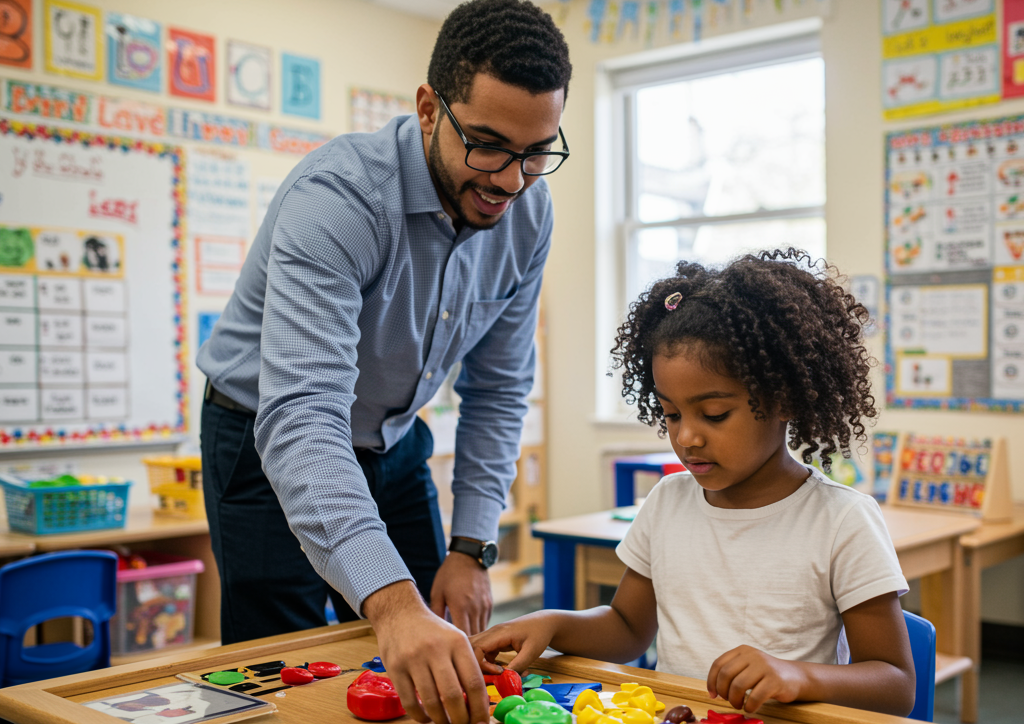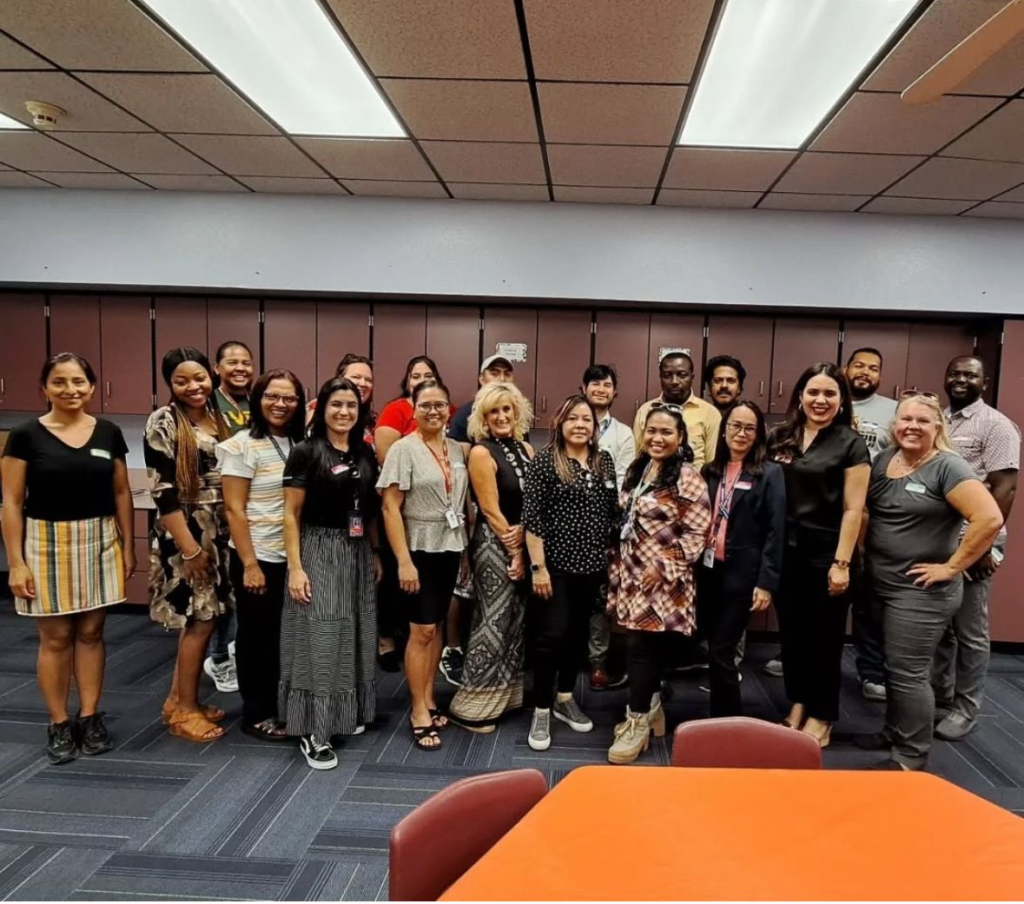California’s public schools are places of growth, inclusion, and transformation.
Yet across the state, thousands of classrooms still face a silent challenge—a persistent shortage of qualified, credentialed teachers that threatens consistency in student learning.
According to the California Commission on Teacher Credentialing (2023), more than 10,000 classrooms during the 2022–2023 academic year were led by educators who lacked full credentials. These gaps are most acute in high-need areas like special education, mathematics, science, and bilingual education.
At the same time, districts face increasing pressure to make staffing decisions that are both sustainable and aligned with their long-term goals.
That’s why more and more schools are turning to a powerful solution that goes far beyond staffing: welcoming international educators through cultural exchange programs.
Global classrooms, local Impact
Through the US Department of State J1 Visa Sponsor, specialized organizations assist California districts in bringing highly qualified teachers from around the world to serve in high-need areas.
These educators don’t just meet requirements—they expand perspectives. They bring their languages, traditions, and worldviews into the classroom, creating learning environments where students develop a deeper understanding of global cultures, empathy, and curiosity.
Strategic partnerships for global Talent
A significant advantage of collaborating with international teacher hiring companies lies in their direct partnerships with Ministries of Education and teacher training institutions.
A key element in successfully recruiting international teachers involves establishing strong connections with educational institutions and government bodies in other countries, particularly in regions with a robust supply of qualified educators.
Collaborating directly with Ministries of Education and teacher training institutions in Latin America, for example, can ensure access to a strong pipeline of credentialed, often bilingual, educators deeply committed to student success.
By working closely with these international entities and universities, organizations specializing in international teacher recruitment are able to identify, evaluate, and support candidates who align with California districts’ academic and cultural needs—ensuring both quality and mission alignment.
These partnerships facilitate the recruitment of not only certified teachers but also professionals who understand the value of cultural exchange and are prepared to make a lasting impact in U.S. classrooms.
Highly skilled, deeply Committed
International teachers recruited through these specialized programs are carefully selected professionals with strong academic backgrounds and subject-area expertise, especially in fields where U.S. districts face the most critical shortages. Many hold advanced degrees and certifications in sciences, bilingual education, music, and special education.
They typically commit to multi-year placements, creating consistency and strong relationships within the school communities they serve—something particularly valuable in high-turnover environments.
Comprehensive support for Districts
Partnering with organizations focused on international teacher recruitment means districts benefit from comprehensive support throughout the entire process.
These organizations typically provide end-to-end assistance—from identifying and screening candidates to managing credential evaluations, visa processing, onboarding, and offering ongoing teacher support.
This full-service approach significantly reduces the administrative burden on district HR teams and helps ensure a smooth transition for both the schools and the international educators.
Strategic Resource Allocation (without Compromise)
While the heart of this program lies in cultural enrichment and educational quality, it also allows for thoughtful, compliant resource management—a crucial advantage for districts navigating complex budgets.
International teachers, as temporary exchange visitors, are classified as non-resident aliens and are therefore not subject to certain payroll obligations, such as:
- FICA (Social Security and Medicare)
- State retirement contributions (e.g., CalSTRS)
- Traditional employer-sponsored health insurance (e.g., IAG provides coverage)
Instead, districts pay a program participation fee—a predictable, one-time investment that covers recruitment, sponsorship, and ongoing support.

More than Teachers: Cultural Ambassadors
These educators do more than fill roles—they bring the world into the classroom.
They introduce students to global traditions, foster inclusive dialogue, and model the kind of cross-cultural understanding that defines 21st-century citizenship. In a diverse state like California, this type of exposure is not optional—it’s essential.
Students don’t just gain a teacher—they gain a window into another part of the world.
Choosing to work with international teachers isn’t about short-term fixes—it’s about strategic, human-centered planning. It’s about creating classrooms that reflect the world our students will one day lead.
Hiring international teachers, districts gain a committed educator, a bridge to another culture, and a partner in their mission to serve every student with excellence. Let’s build something lasting—one educator, one classroom, one global connection at a time.
This blog was written by Global Workforce Development, powered by IAG, an organization dedicated to creating international job opportunities for professionals.
















